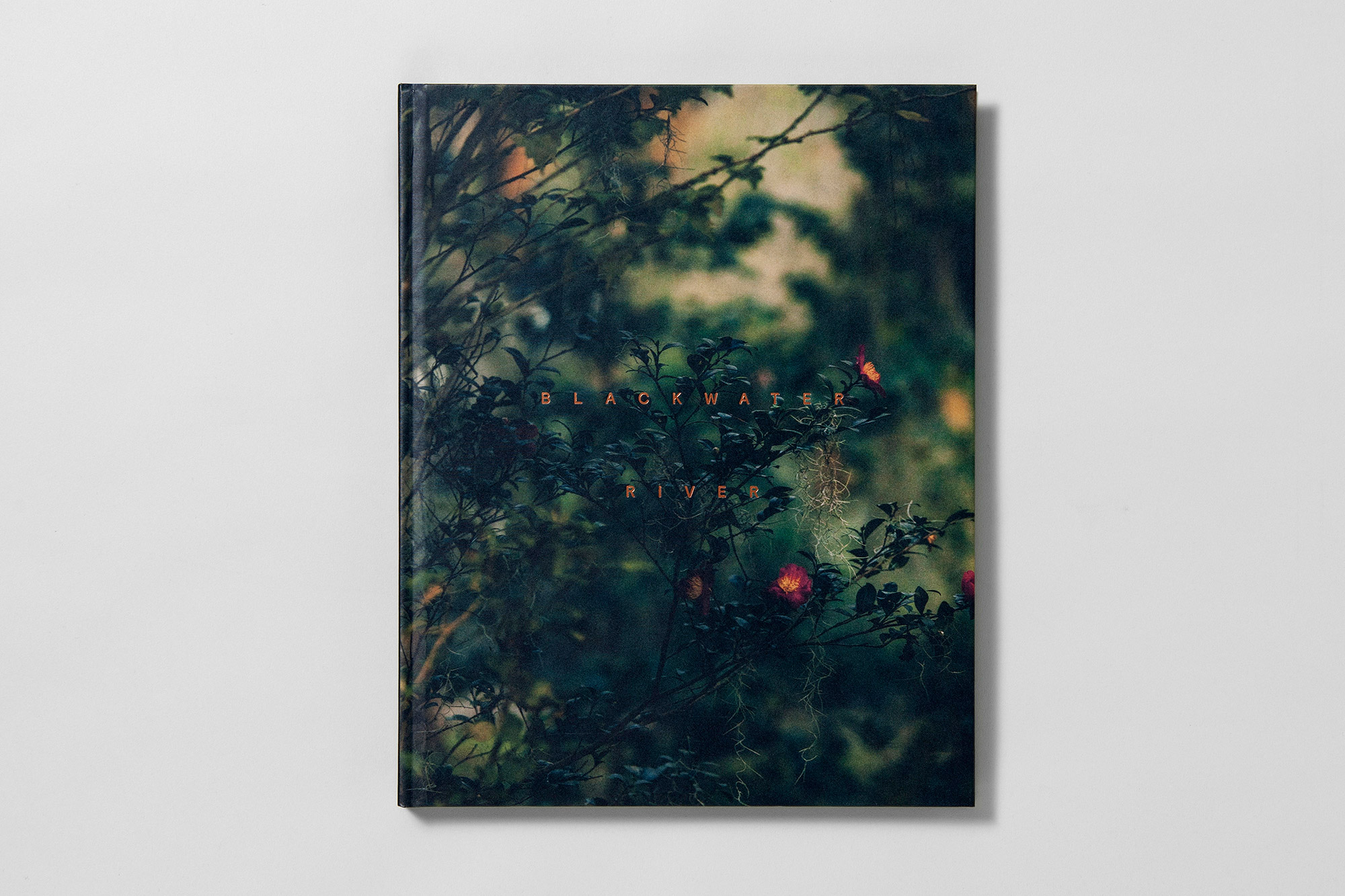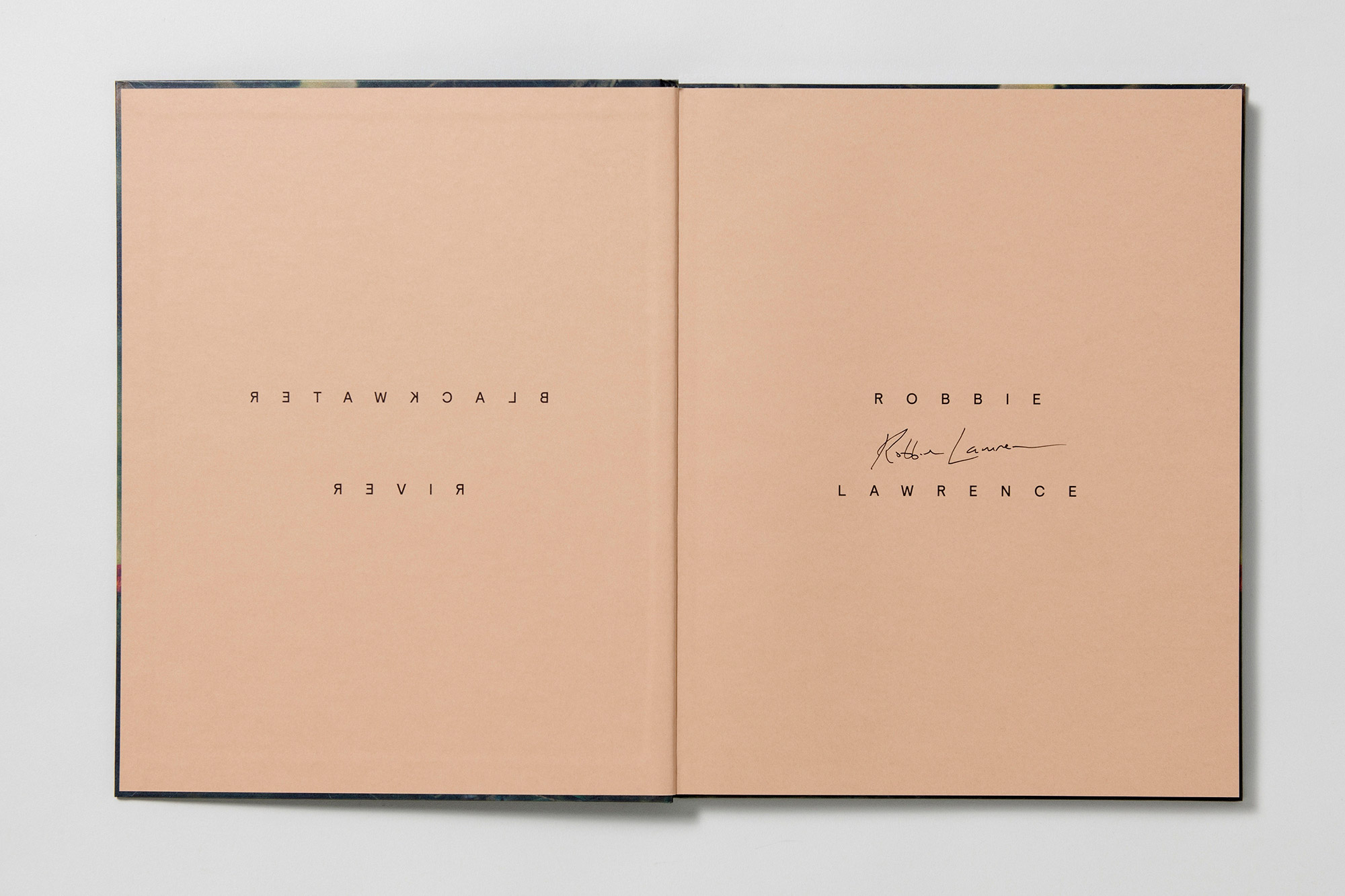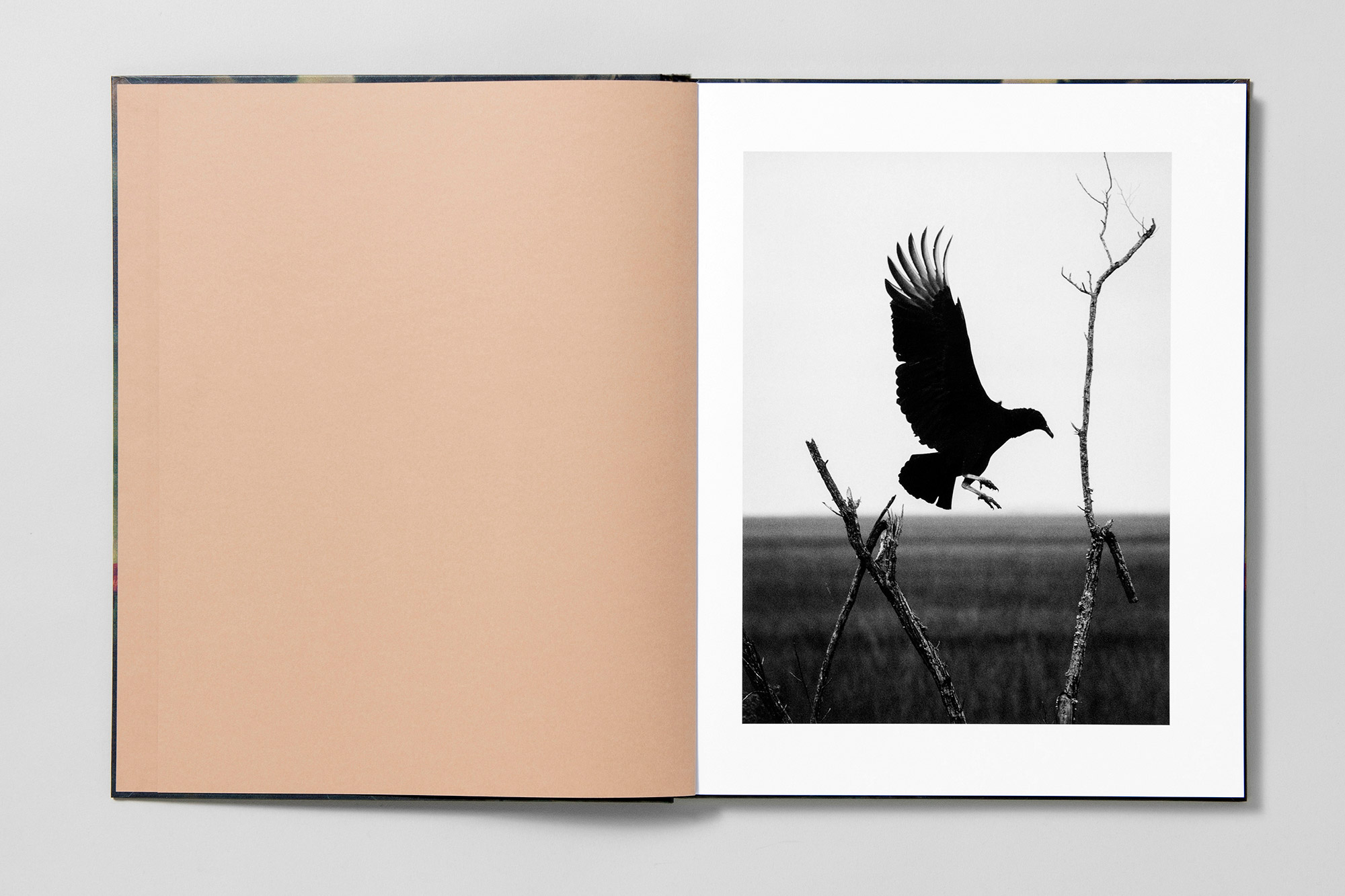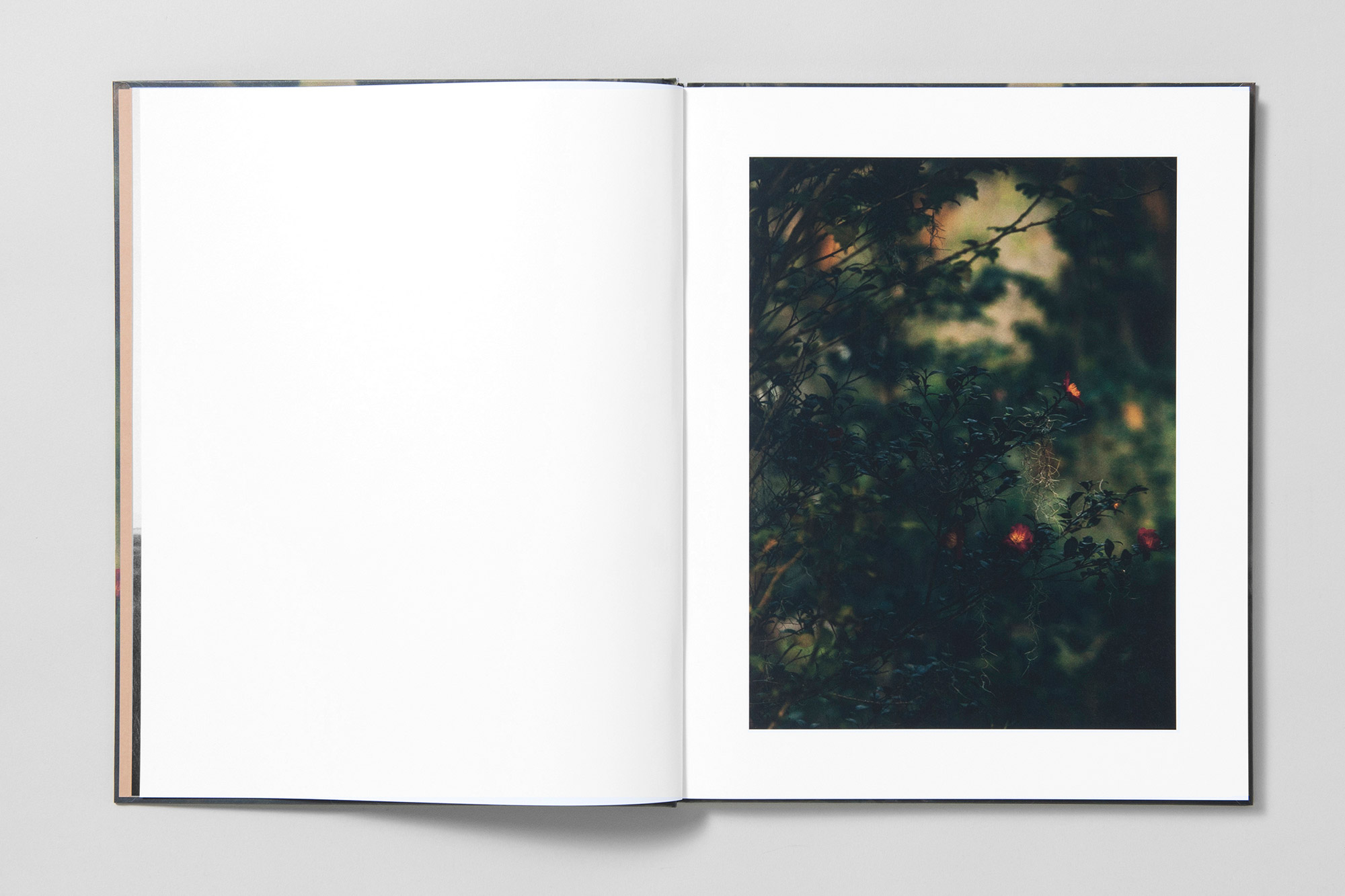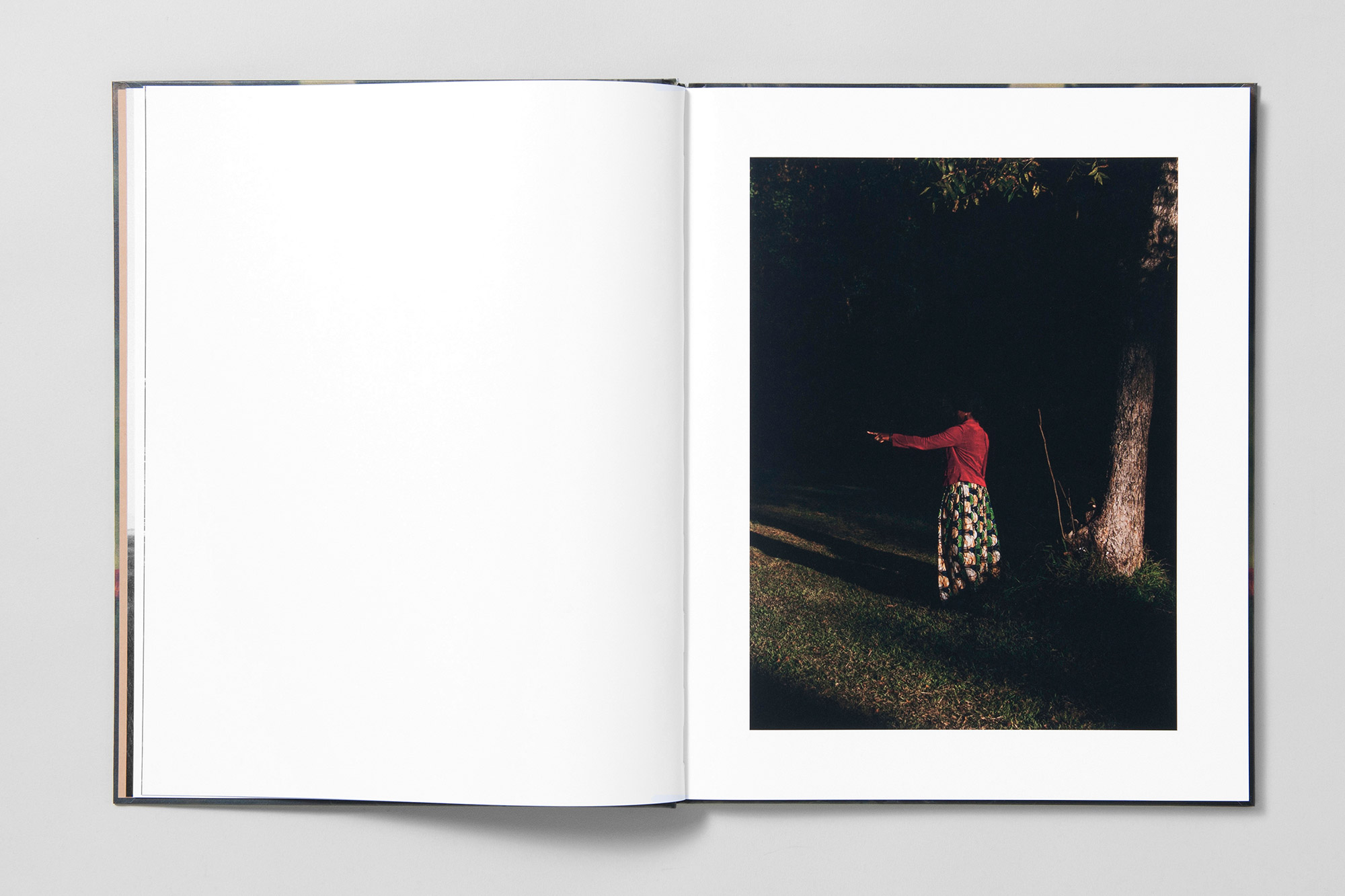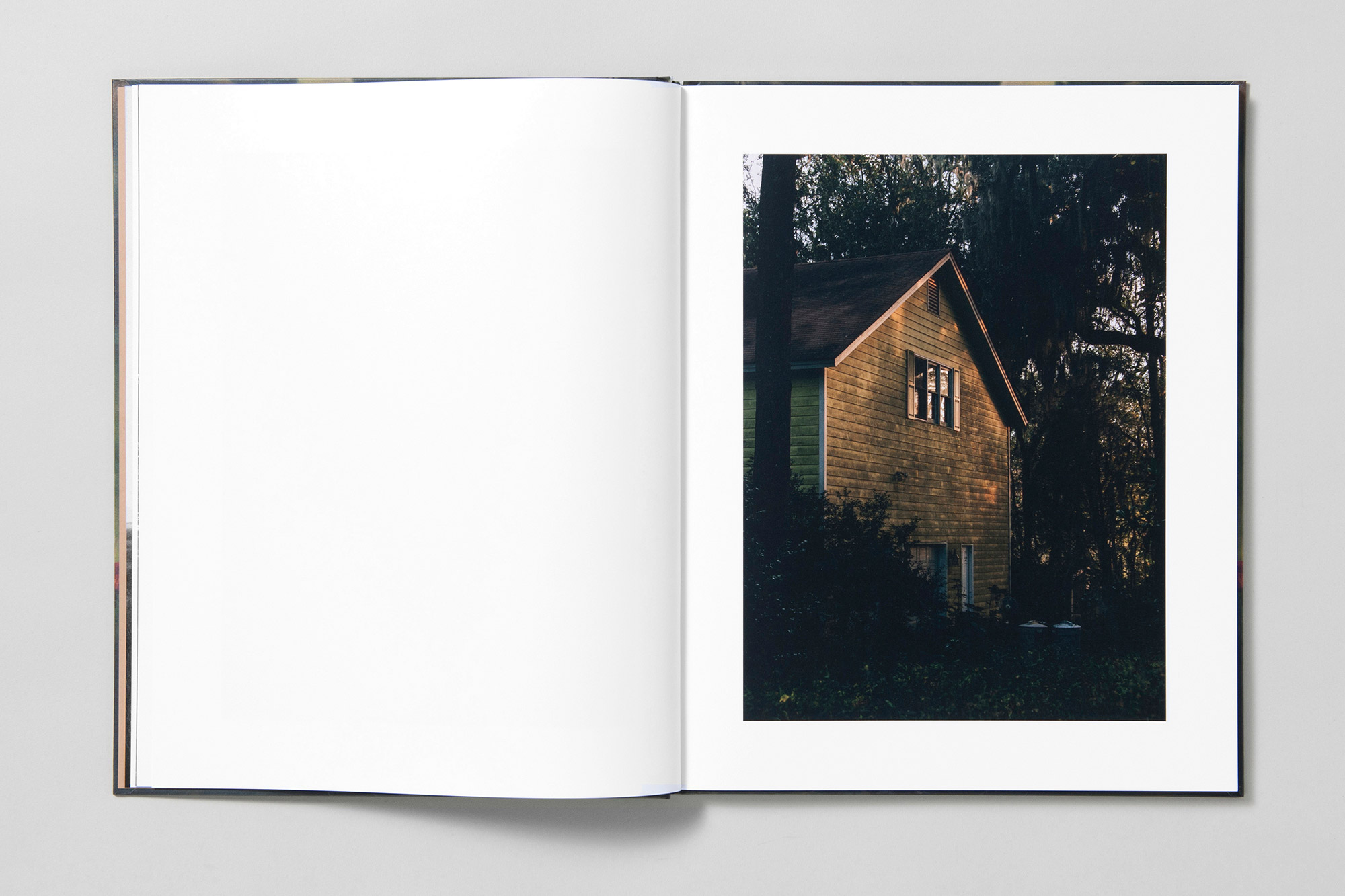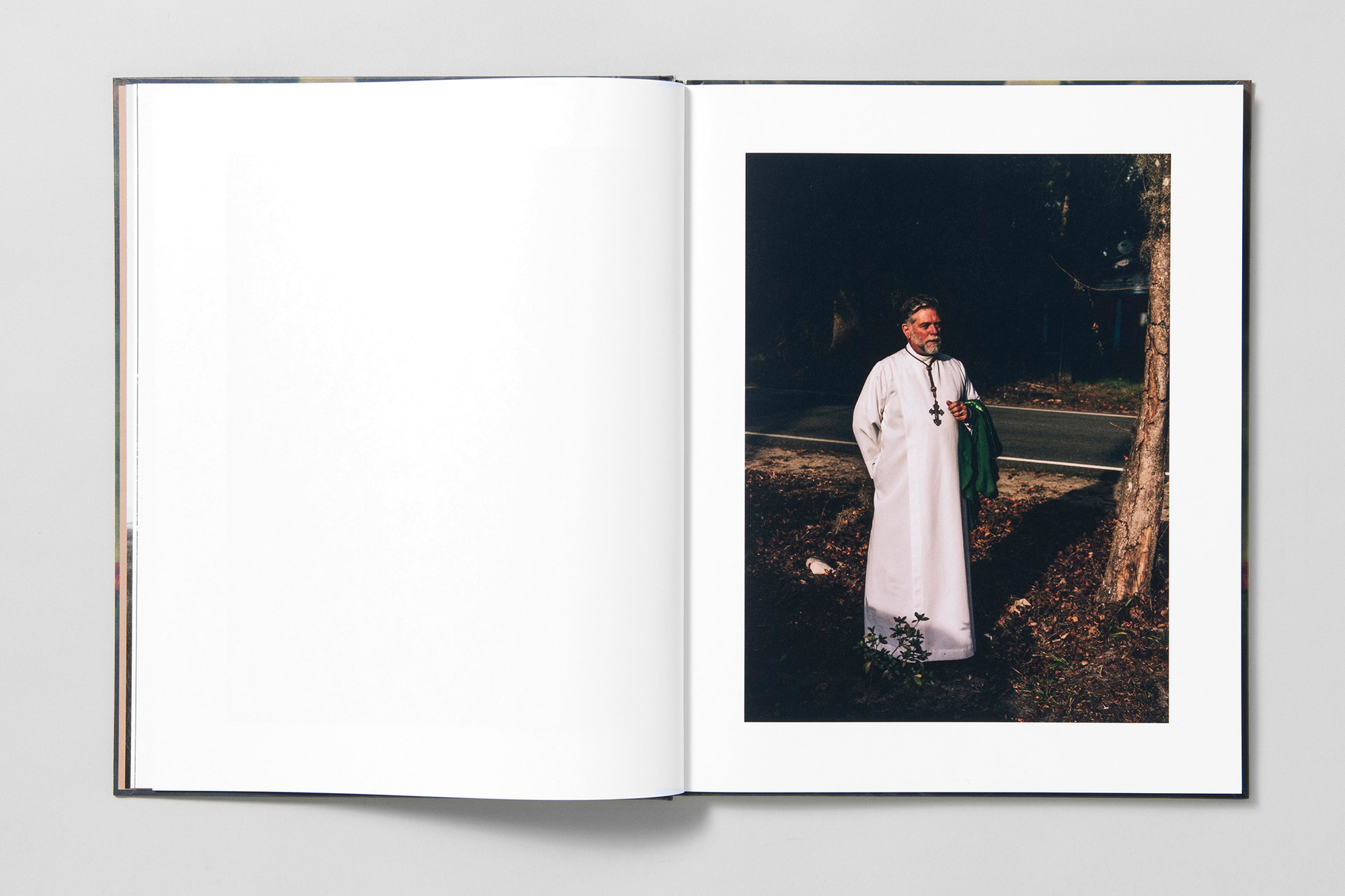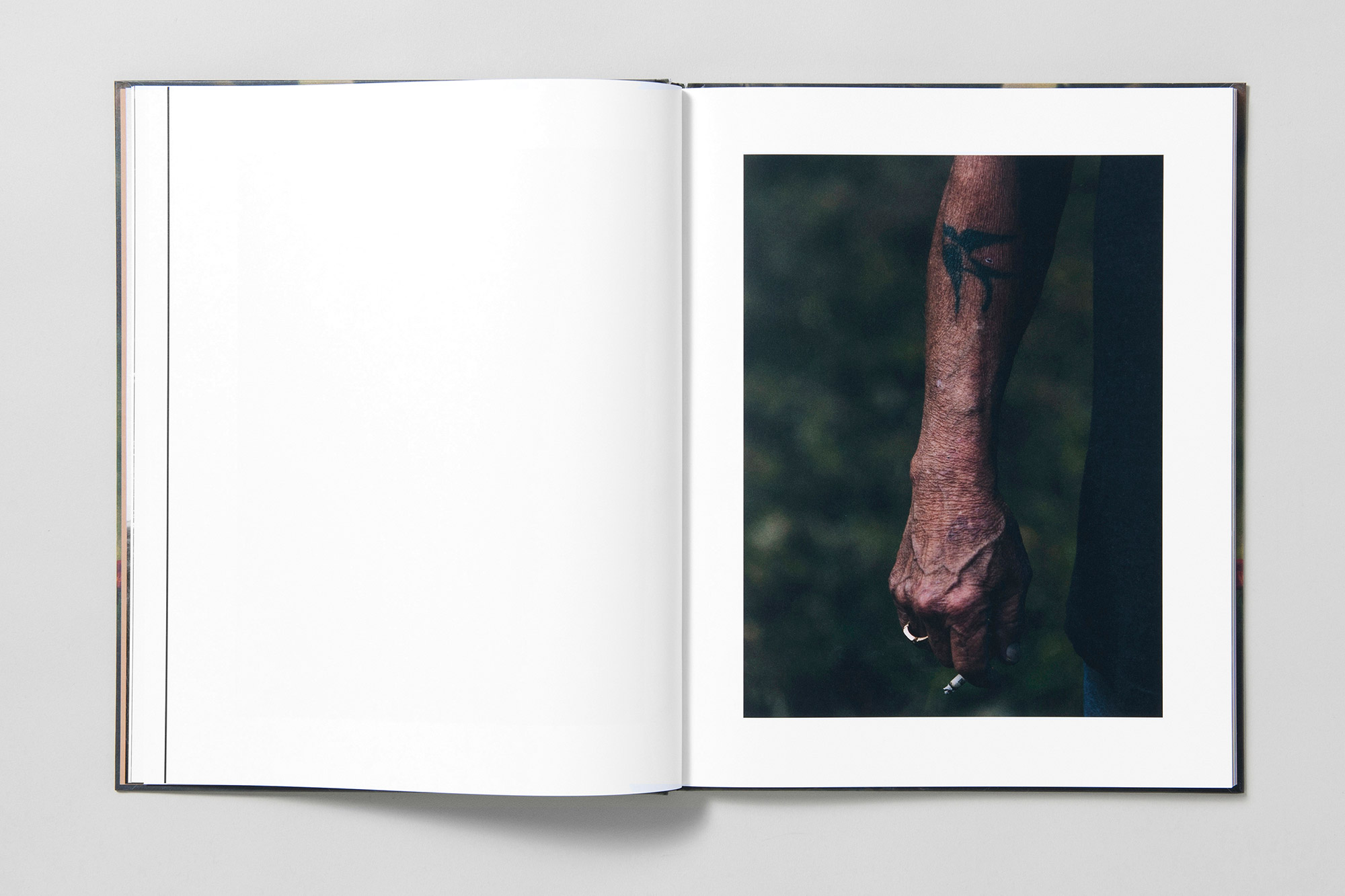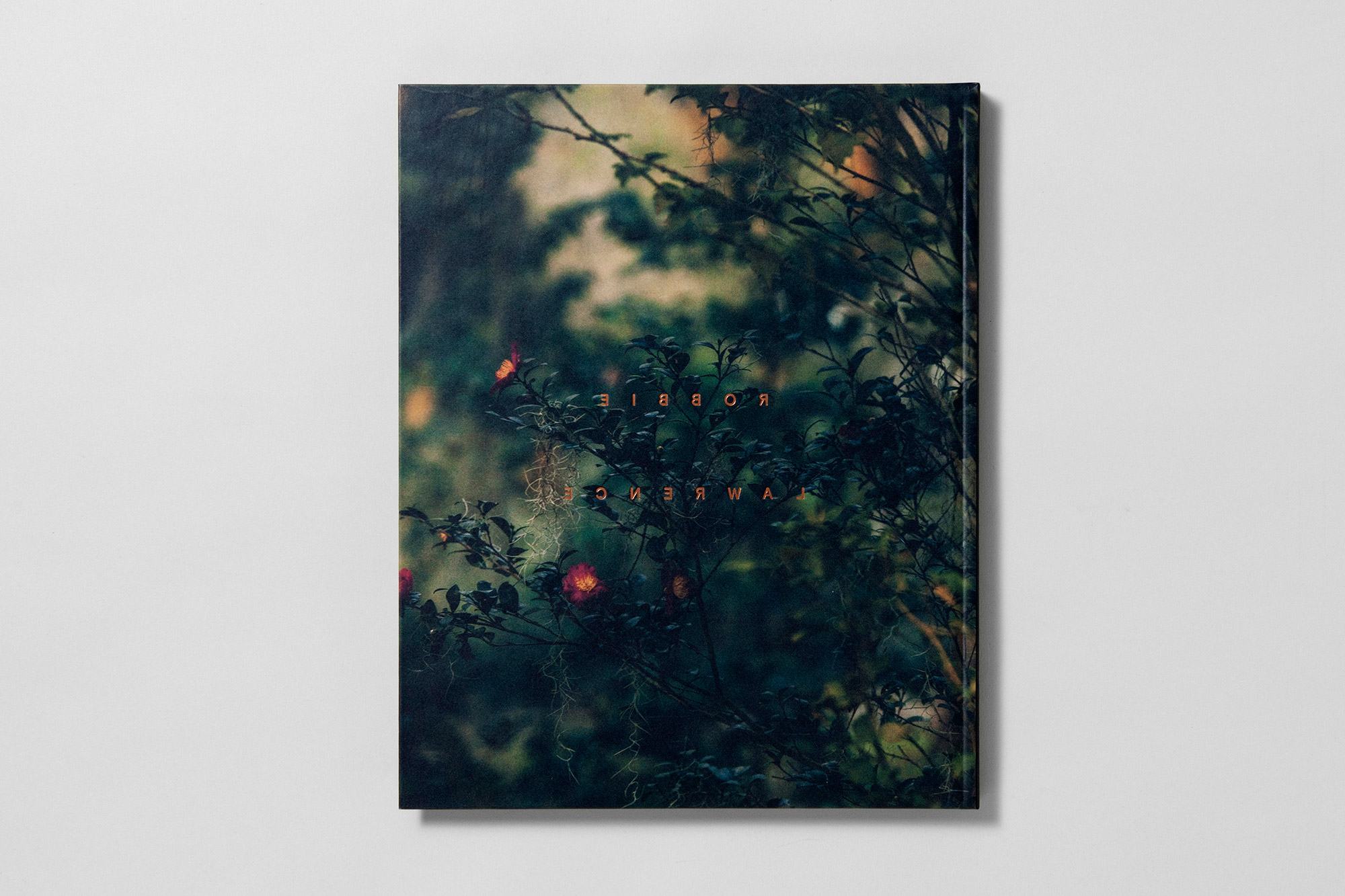Robbie Lawrence – Blackwater River
In 2017, Robbie Lawrence and his friend and writer Sala Patterson embarked on a journey to the Low Country near Georgia and South Carolina in the south-eastern part of the USA. This is where the Ogeechee River, known as Blackwater River among the locals due to its resemblance to black glass, meets the ocean. The resulting work would become Lawrence’s first monograph, Blackwater River (Stanley/Barker, 2019).
The project is an attempt at approaching the American social temperature at the time from an objective point of view. In our conversation, Lawrence is keen to stress that the work is not necessarily or deliberately political; however, he acknowledges that the recent election of Donald Trump is almost impossible to avoid in reading the pictures. The Savannah is a pressure point for climate change and Lawrence has emphasised the breakdown between society and nature, which makes Blackwater River a social and political study in its own right.
Nevertheless, the pictures are so stunningly beautiful with clear references to the sublime; even if one knows nothing about their context, it is hard to ignore.
A priest; a still life of beer cans, cigarette butts and war medals; wrinkled hands; a tattoo of a swallow turned smudgy on saggy skin; mandarins and cobwebs bathed in golden, almost orange light; pink roses; a man deep in thought clasping his hands; murky yet beautifully painterly water reflections. The book is full of images heavily imbued with meaning and narrative that had it not been for the text it would perhaps elude the viewers.
The written piece by Sala Patterson is an amalgamation between an essay, an interview and musings full of precious insights. The text is unusually positioned in the middle of the book, as opposed to an introduction or an ending, thus making it an integral part of the work itself. It offers essential contextual information that anchors the photographs; suddenly it transforms into what she calls a series of vignettes that offer moments, scenes, impressions, snippets and longer chunks of conversation; almost like a diary. The idea, according to Patterson, was to let the events unfold naturally and observe them, quietly and objectively, to allow the viewers to create their own interpretation.
Lawrence’s portraits are often dubbed ‘anti-portraits’; they are unstaged, candid, raw. A particularly strong image is of a woman clad in a bright red jumper and a colourful ornamental skirt. The light is dramatic, almost artificial, resembling artfully crafted cinematography. With a background rooted in painting, Lawrence mentions Rembrandt as an influence and the similarities are unmistakable, from the quality of the light imbued with chiaroscuro to the warmth of the colour tones throughout the book.
The printing of the book has rendered the images beautifully, in particular, the shadows which are full of rich detail. One interesting design detail is the mirrored text on the back cover evoking a river reflection; this, coupled together with the text being in the middle, splits the book into two, acting almost as the thin separating line between the water surface of the river and the outer world.
Photographs: Robbie Lawrence, Blackwater River (Stanley/Barker, 2019). All spreads courtesy Stanley/Barker.

